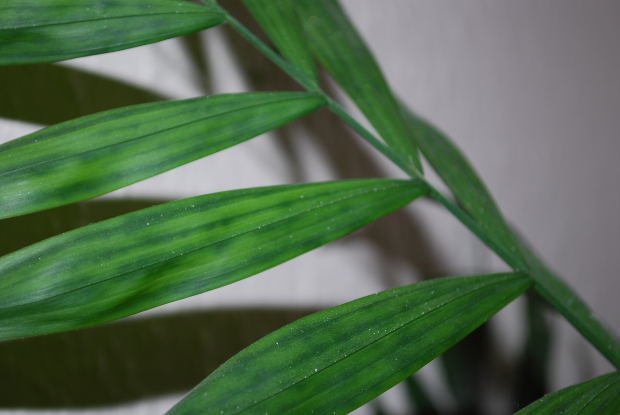 Loading... Please wait...
Loading... Please wait...Save Money. Grow Your Own!
Fast Plain Box Shipping.
We ship to the US & Canada.
Grow Your Own!
First step to starting your own home grow business
Posted on 23rd Feb 2015
We often hear this from growers who are just starting out -- they're wondering about the actual, practical steps to first time commercial growing. To most of us, it's kind of a mystery how small businesses get started. It's more than just the sum of its parts: you don't just buy the right assets and hire the right people. In some ways, starting a business is more an art than a science, although the science is also critically important.

The Science of Starting Commercial Grow
You could say that some of the first steps in terms of the science of a hydro business would be to get the right kinds of setups. Yes, you'll need to be looking at reservoirs, pumps, and other items and figuring out how these will go together to set up an actual grow space in a residential or commercial building. You'll have to be looking at nutrients and sterile plant media and other bulk material could that you can deploy in your systems to achieve good production. All of that relies on a good understanding of biology and chemistry, and other related sciences.
The “Art” of Starting Commercial Grow
Where the actual craft of business management comes in is when you're trying to figure out how you will run your hydro gardens, what entity will govern your business for tax purposes, and how you will document the business growth, do accounting, and run all of those other more abstract parts of the business, including marketing and overall vision. It's often said that the best business founders are visionaries, that they “just have a head for business” -- and this is kind of what people mean when they talk about the spirit of small business creation. You have to want to get involved in building your own conceptual structures around what you're doing, and promoting those to government officials, potential customers and others, including suppliers and vendors.
Going Beyond the First Steps
Beginning growers also often ask how you move forward throughout the crop cycle and into long-term success with hydroponics. In many cases, this involves quite a bit of tinkering and a ‘trial and error’ approach that will gradually show you how best to grow plants. For instance, you may find that certain nutrients are more efficient. You may be able to figure out that different atmospheric conditions like optimal temperature and pH value can help ward off disease. You'll be using your initial grow cycles as a kind of test case to figure out what works best for plants.
For more about every stage of hydroponic growing, check out what today's modern retailers and manufacturers can offer in terms of durable, serviceable hydroponics equipment that will help you build your business the right way.
